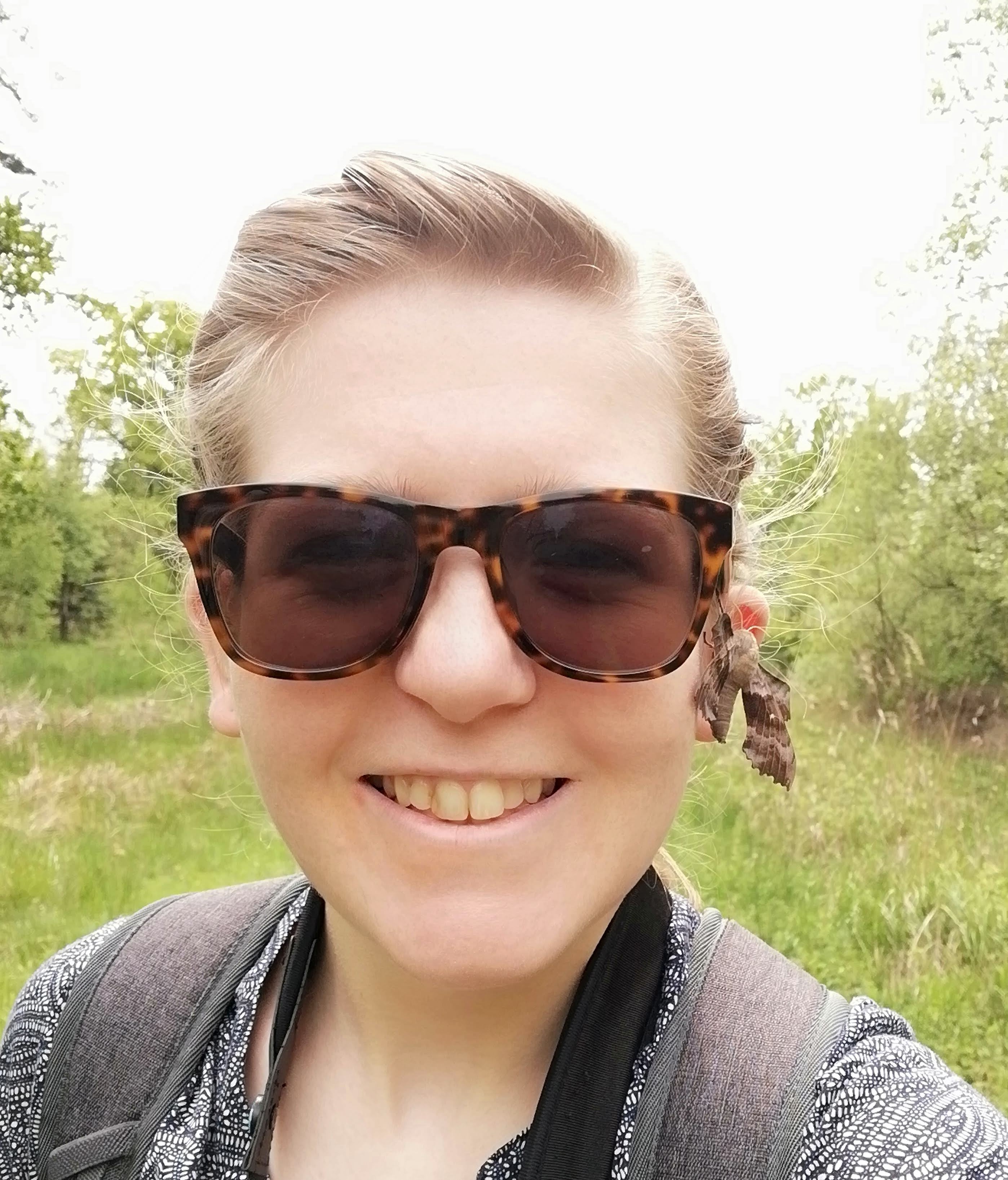Mary River turtle: The green-haired oddball that can breathe through its butt for 72 hours
The Mary River turtle has adapted to life underwater after splitting from all other living turtle lineages more than 18 million years ago.

Name: Mary River turtle (Elusor macrurus)
Where it lives: Mary /Moonaboola River, Queensland, Australia
What it eats: Mostly aquatic plants, but sometimes seeds, fruits and insect larvae
Why it's awesome: This turtle has a distinctive, punk-like appearance, thanks to green algae growing from its head and body that helps it hide from predators in its aquatic home. It also has two long, fleshy protrusions called barbels sticking out from its chin that help it sense its surroundings.
💁♂️Introducing the Mary River Turtle🐢This species of Australian turtle is unique for two reasons. Firstly, it breathes through its bottom! 💨
— WWF (@WWF) June 29, 2020
And secondly, it has what resembles a green mohawk on its head! This is because the turtle grows strands of algae on its body. pic.twitter.com/NYcahDCluG
In addition to its unusual appearance, the Mary River turtle also has a neat trick up its sleeve — or rather, its butt.
"It can spend days at a time submerged, managing to 'breathe' underwater — a feat achieved by very few reptiles — through specialised organs inside its cloaca [an orifice found mostly in non-mammalian vertebrates for intestinal, urinary and genital tracts]," Rikki Gumbs, a researcher at the EDGE of Existence programme, a conservation initiative focusing on unique and overlooked species, told Live Science in an email.
While some freshwater turtles use their skin for aquatic respiration, using cloacal glands allows them to be submerged for longer. In the case of the Mary River turtle, this can be for up to 72 hours.
Get the world’s most fascinating discoveries delivered straight to your inbox.
Related: Can turtles really breathe through their butts?
The glands — called cloacal bursae — are covered with papillae, which are small structures lining the walls of the bursae. Oxygen in the water diffuses across the papillae and into the turtle's bloodstream.
The Mary River turtle is also unique: No other turtle is closely related to it. "It is the only surviving species in its genus," Gumbs said. "It is thought the ancestors of the Mary River turtle diverged from all other living turtle lineages more than 18 million years ago — several million years before our ancestors and those of the orangutan parted ways."
Despite being prolific in the pet trade for decades in the 1960s and 1970s, its distribution in the wild was a mystery to scientists until they were finally found in the wild and formally described as a species in 1994.

Megan Shersby is a naturalist, wildlife writer and content creator. After graduating from Aberystwyth University with a BSc (Hons) degree in Animal Science, she has worked in nature communications and the conservation sector for a variety of organisations and charities, including BBC Wildlife magazine, the National Trust, two of the Wildlife Trusts and the Field Studies Council. She has bylines in the Seasons anthologies published by the Wildlife Trusts, Into The Red published by the BTO, and has written for the BBC Countryfile magazine and website, and produced podcast episodes for its award-winning podcast, The Plodcast.
 Live Science Plus
Live Science Plus





